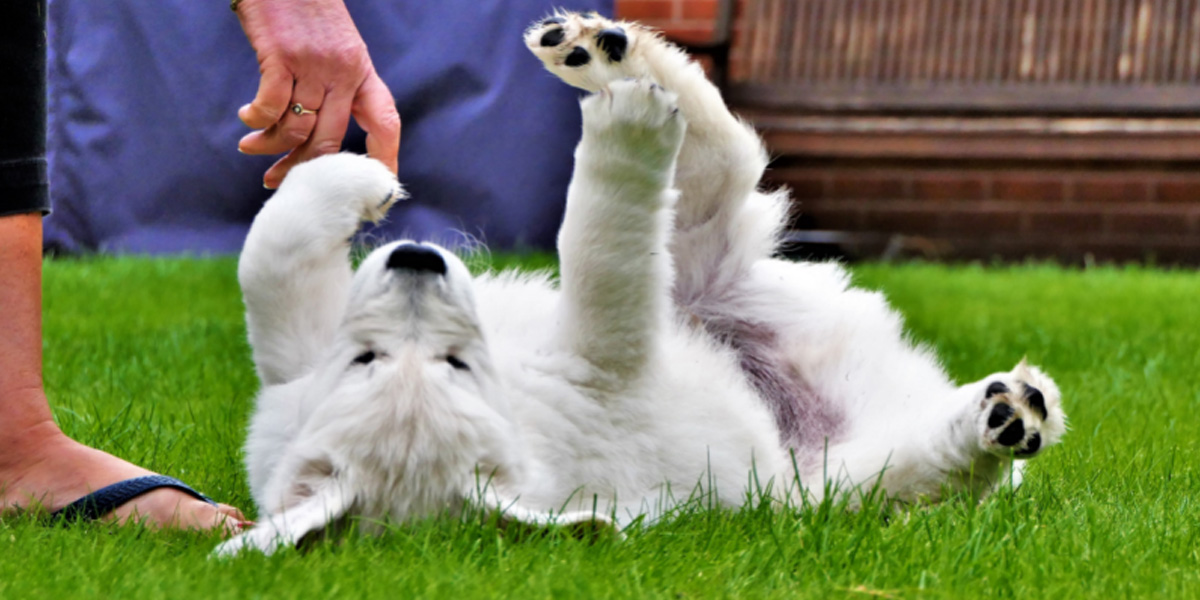Are Dogs Ticklish?
Doctor of Veterinary Medicine

While efforts are made to answer all questions as quickly as possible, if an immediate answer is required or if your pet is in need of urgent or emergency care, contact your pet's veterinarian immediately.
Doctor of Veterinary Medicine

You will receive an answer from Dr. Lindsay and our vet/tech team as soon as possible, usually the same day.
All answers are provided for informational or educational purposes only, and are intended to be a supplement to, and not a substitute for, the expertise and professional judgment of your pet's veterinarian.
It may be necessary to consult your pet's veterinarian regarding the applicability of any opinions or recommendations with respect to your pet's symptoms or medical condition.
CloseDoctor of Veterinary Medicine

An error has occurred, please reload the page and try again.
CloseWhile efforts are made to answer all questions as quickly as possible, if an immediate answer is required or if your pet is in need of urgent or emergency care, contact your pet's veterinarian immediately.
There is no answer related to your question

It's hard to know whether dogs are actually ticklish or not. It depends on how a tickle is defined. If it is defined as an uncontrollable laughing in response to touch, then dogs are not ticklish. If a tickle is defined as a reflexive or involuntary movement in response to touch, then, yes, dogs are definitely ticklish.
Has your dog ever started involuntarily shaking either back leg when being pet or scratched? The shaking can be perceived as thumping or kicking as well. That knee-jerk reaction is what pet parents perceive as ticklish.
Why do dogs kick their leg when you scratch them?
The reason your dog kicks is because of the nerves that are being stimulated. There are nerves under the skin that are connected to the spinal cord, and when scratched or stimulated, it sends a message to the muscles in the hind leg, causing the involuntary movement of the leg. Usually, the side of the leg that moves coincides with the side of the body you scratch.
Some say that a scratch induces an itch-like sensation; making your dog think that spot is itchy, so they try and scratch the spot. This could be possible because your dog might think it has something crawling through the coat, like a flea.
Where is my dog ticklish?
Like people, dogs are ticklish in different areas of the body. The most common areas for dogs to be ticklish include:
- Ears
- Neck
- Back (near the tail)
- Paws
- Belly
How do I know if my dog likes it?
When scratching your dog, pay attention to cues that might let you know whether your dog enjoys the experience. If your dog has a wagging tail, open lop-sided smile with the tongue out, or even rolls on the back, it's safe to say your dog loves the scratching and petting. If your dog recoils or has a tucked tail, seems to be flinching away from your touch, maybe has raised haunches, your dog might be uncomfortable or even in pain.
If your dog is uncomfortable or in pain when you scratch, talk to your vet. It could be a result of a rash, sensitive/dry skin, sore joints, or fleas.
 Swipe
Swipe



























